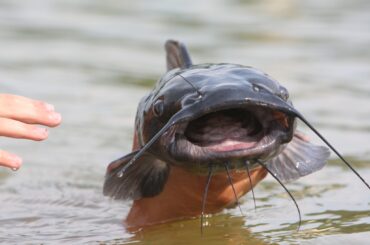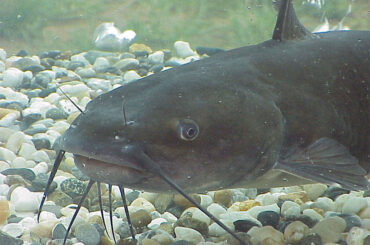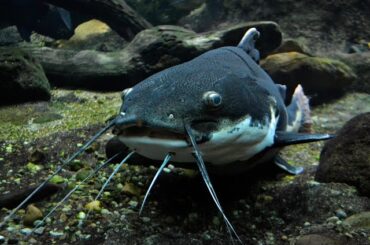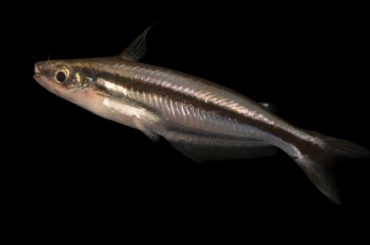The word billfish refers to a group of salt water predatory fish that are distinguished by their huge size and distinctive pointed bills (rostra). Billfish are members of the Xiphiidae and Istiophoridae families of fish. “These enormous fishes are distinguished by the extension of the upper jaw well beyond the lower jaw into a long rostrum that is either flat and sword-like (swordfish) or rounded and spear-like (spearfish)” (sailfishes, spearfishes, and marlins).
True billfish are split into two families and five genera, with a total of 12 species. The swordfish Xiphias gladius belongs to the Xiphiidae family, while the Istiophoridae family has 11 species in four genera, including marlin, spearfish, and sailfish.
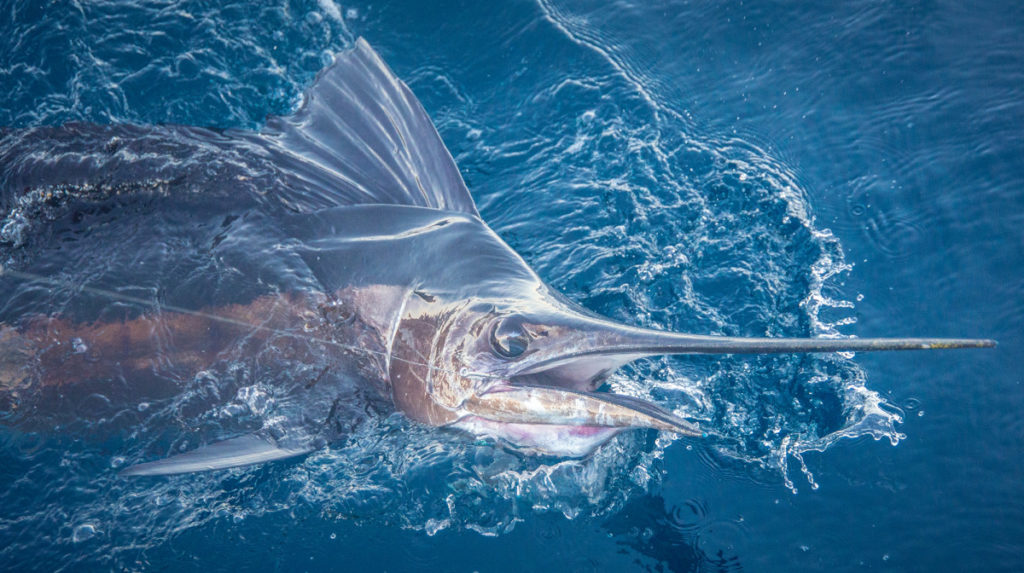
Sailfish and marlin belong to the Istiophoridae family of billfish, while swordfish is the only member of the Xiphiidae family. They are top predators that eat a wide range of lesser fish, crabs, and cephalopods. The order Istiophoriformes, which includes these two families, was formed around 71 million years ago in the Late Cretaceous, with the two families diverging about 15 million years ago in the Late Miocene. They are, nevertheless, recognized as being closely related to mackerels and tuna in the order Perciformes’ suborder Scombroidei.
Despite not being true billfish, a variety of different species with pronounced bills or beaks are commonly referred to as billfish. Halfbeaks resemble small billfish and cartilaginous fish with long, serrated rostrums, such as the sawfish and sawshark. Needlefish are commonly confused with billfish, however, they are clearly distinguishable from true billfish by having both jaws elongated, single and similar-sized and-shaped dorsal and anal fins, and pelvic fins inserted far behind the pectorals.
Table of Contents
Distribution
Billfish can be found in temperate and tropical waters all around the world. They are extremely migratory marine fish that spend much of their time following major ocean currents in the epipelagic zone of international water. Seasonal patterns in sea surface temperatures are linked to migration patterns. They’re also described as “rare event species” since the places they inhabit in the open oceans are so vast that researchers have a hard time finding them.
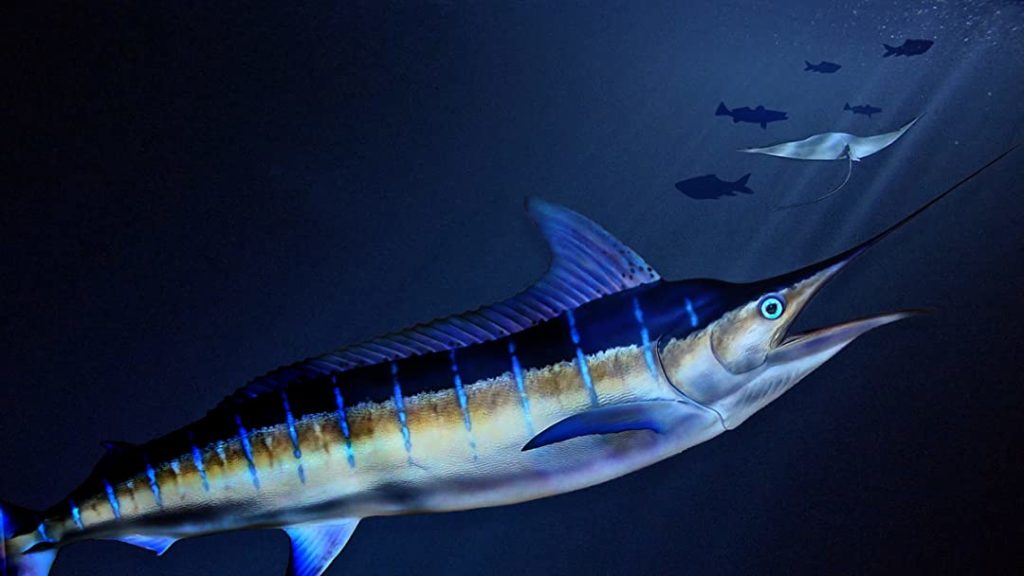
Because so little is known about their travels and lives, determining how they can be handled sustainably is difficult. Inshore waters are normally avoided by billfish unless there is a deep dropoff close to the shore. Rather, they swim around the continental shelf’s edge, where cold, nutrient-rich quality and better can sustain enormous schools of forage fish.
Body Description
Billfish have a snout, beak, or rostrum, which is a long, bony, spear-shaped bill. The swordfish has the longest bill, which is nearly one-third the length of its body. It is smooth, flat, pointed, and sharp, much like a true sword. Other billfish have shorter, rounder bills that resemble spears. Billfish have large, flat bodies with close-together dorsal fins toward the back of their bodies. The majority of the marlin we catch are between 5 and 6 feet long and weigh up to 200 pounds.
They are enormous, powerful predators with a long, swordlike beak that they use to shock prey. Their eyes are extraordinarily big, allowing them to see in low-light situations. They also have a keen sense of smell, thanks to nasal canals that reach all the way to their eyeballs.
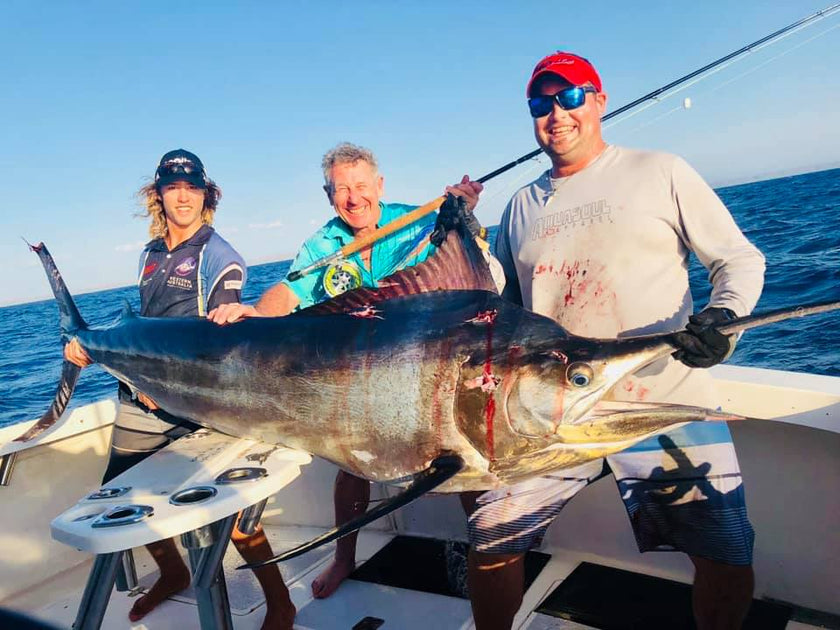
Dietary
Billfish are powerful swimmers who can reach speeds of more than 50 mph in a matter of seconds (80 kph). Billfish are huge, fast predators that spend most of their time in the open ocean’s epipelagic zone. Smaller pelagic fish, crabs, and small squid are their favorite foods. Some billfish species pursue demersal fish on the seafloor, while others dive to mesopelagic depths on a regular basis. They usually cut schooling fish with their bills. They slice left and right through the fish school at fast speeds, then circle around to eat the stunned fish. Other billfish have only little file-like teeth, while adult swordfish have none. They take a big bite out of their catch and consume it whole.
Breeding
When they spawn in the summer, they may come closer to the coast. Pelagic means that their eggs and larvae float freely in the water column. Many reach lengths exceeding three meters, with the blue marlin reaching five meters. Males and females are often larger.
Uses
Billfishing is a major component of subsistence fishing in portions of the Pacific and Indian oceans, such as the Maldives. These are among the most sought-after big game fish, and the demand is met by significant recreational fisheries. They are delicious to eat and are abundant in omega-3 fatty acids. The oil content of the blue marlin is exceptionally high.

